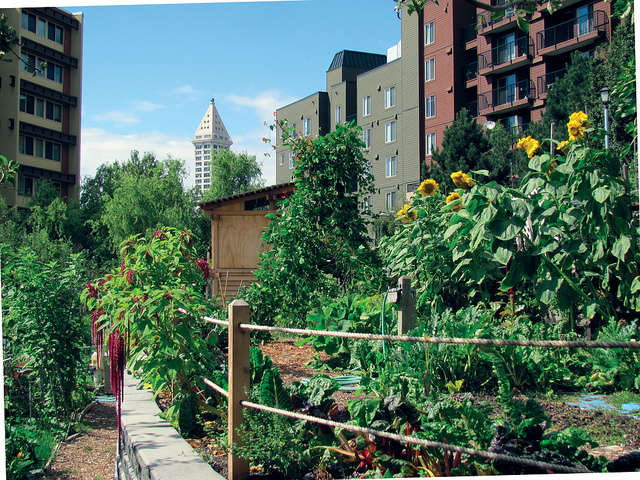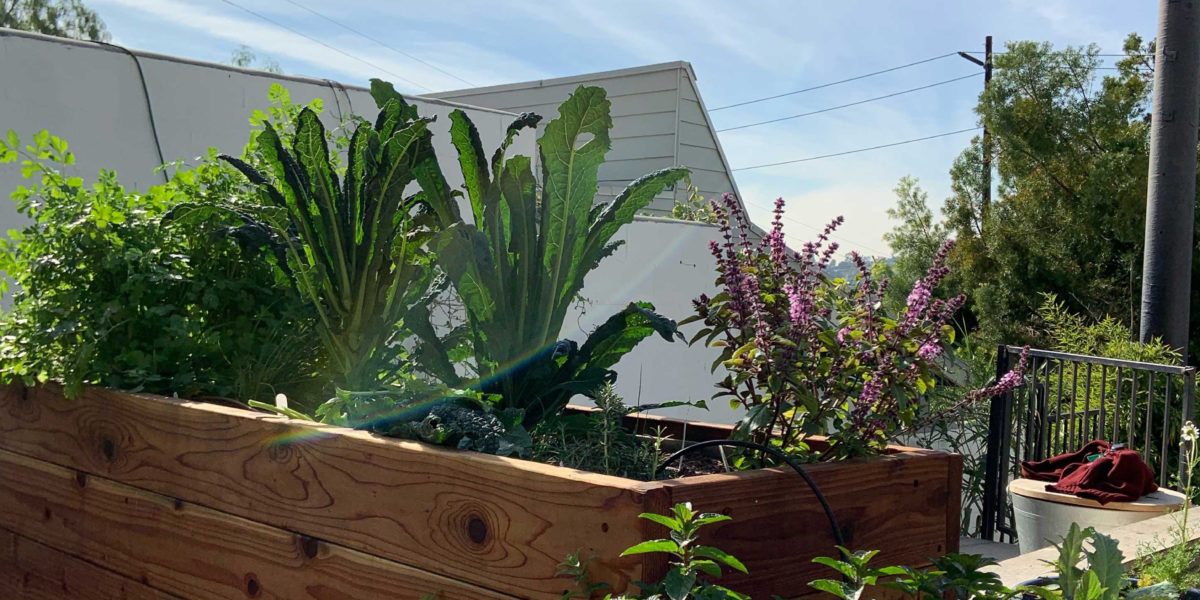Little Known Questions About City Blooming.
Table of ContentsAbout City BloomingThe City Blooming StatementsThe Of City BloomingThe Best Guide To City BloomingThe smart Trick of City Blooming That Nobody is Discussing
Intrigued in expanding food offer for sale in the City of Chicago? Thinking of beginning an area yard? Changes to the Chicago Zoning Statute enable farming usages like area yards and city farms in numerous parts of the city. Below is a checklist of regularly asked questions regarding the regulations and guidelines that cultivators should think about when preparing an urban agriculture task.
The zoning change does not customize any various other codes dealing with composting, structure permits, buying or renting City owned home, business licenses or ecological contamination. There are existing codes that regulate these issues and they continue to be completely effect and might apply to your job. Community yards are commonly possessed or taken care of by public entities, public companies or community-based organizations and kept by volunteers.
Urban ranches grow food that is intended to be sold, either on a nonprofit or for-profit basis. As a result of their commercial objective, urban ranches require a service certificate. Yes. A neighborhood garden is permitted to offer surplus generate that was grown on website if the sales are accessory or secondary to the yard's main purpose explained over.
The Greatest Guide To City Blooming
Composting is allowed however only for plant material that is produced and made use of on website. The quantity of compost material can not surpass 25 cubic backyards at any kind of offered time according to the criteria in 7-28-715 of the City's Municipal Code. Yes. Due to the fact that the dirt at most new yard websites requires changing, compost, dirt, timber chips, or other materials can be gotten to build or enhance the expanding area - urban gardening.

If a structure permit is required then the hoophouse will be considered an accessory structure. You can learn more about the building permit needs by getting in touch with the Department of Structures. The 25,000-square-foot dimension limitation is meant to stop a single neighborhood garden from dominating an offered block or diminishing the block's existing domestic or commercial personality.
The limitation does not use to gardens situated in Public Open Area (POS) areas. Can there be more than one area yard that is 25,000 square feet on a solitary block? Secure fencing is not called for, nevertheless, gardens that have huge auto parking areas may be needed to install secure fencing or other landscape design attributes.
Not known Facts About City Blooming
B1 & B2 districts need that all industrial use activities be performed indoors. R districts limit industrial task. The guidelines mirror the function and intent of the Zoning Code. Is fence required for urban farms? Yes. Fences may be needed, together with landscaping and testing, for sure parking locations and outside work or storage space areas depending upon area and the specific task taking place.
Urban farms call for building authorizations and zoning authorizations prior to building and construction (landscaping). Various other forms of city evaluation may be needed depending on certain frameworks, tasks, dimension, landscape design, licensing, public heath and stormwater monitoring issues.
The Division of Company Affairs and Customer Defense can aid figure out the details kind of company certificate that's called for. Off street car park is needed for a lot of industrial jobs in Chicago. The called for number of auto parking areas is based on the number of staff members working on site and not the square video of the growing room.
The 6-Second Trick For City Blooming

A metropolitan ranch can market compost product generated on website, however, the operation must abide with the laws in 7-28-715 of the Chicago Municipal Code. Aquaponic systems are enabled inside your home on urban ranches in many zoning districts.
As much as five hives or colonies of honey may be maintained as an accessory use. Beekeepers should sign up with the Illinois Division of Agriculture. For additional information about the suggested zoning amendment you may speak to the Division of Housing and Economic Growth, Bureau of Planning and Zoning at 312.744.8563.
Farming in cities and urban areas A metropolitan farm in Chicago. Urban agriculture describes various methods of growing. https://filesharingtalk.com/members/597974-cityblooming, processing, and dispersing food in city areas. The term also uses to the area activities of pet husbandry, aquaculture, beekeeping, and gardening in an urban context. Urban farming is identified from peri-urban farming, which occurs in country areas at the side of suburbs.
The Main Principles Of City Blooming
, who seek to create social networks established on a common values of nature and community holism. These networks can create by way of official institutional assistance, ending up being incorporated into local community planning as a "transition community" activity for lasting city development.
Some of the initial evidence of city farming comes from Mesopotamia.